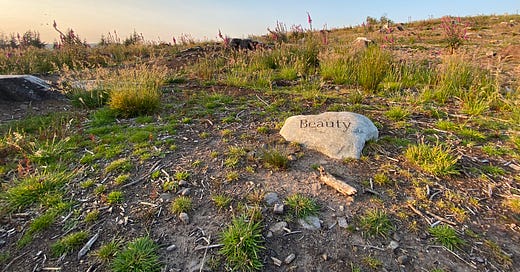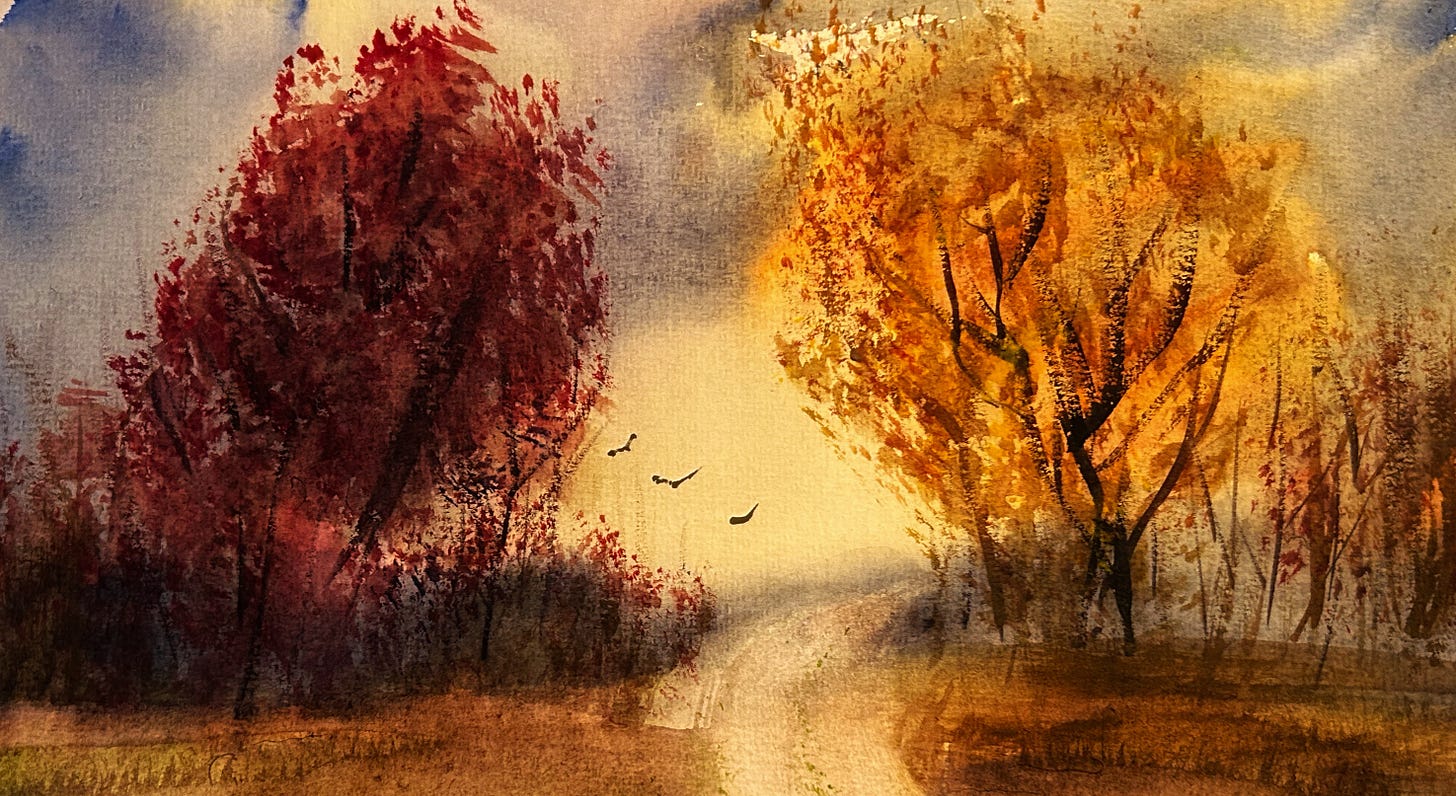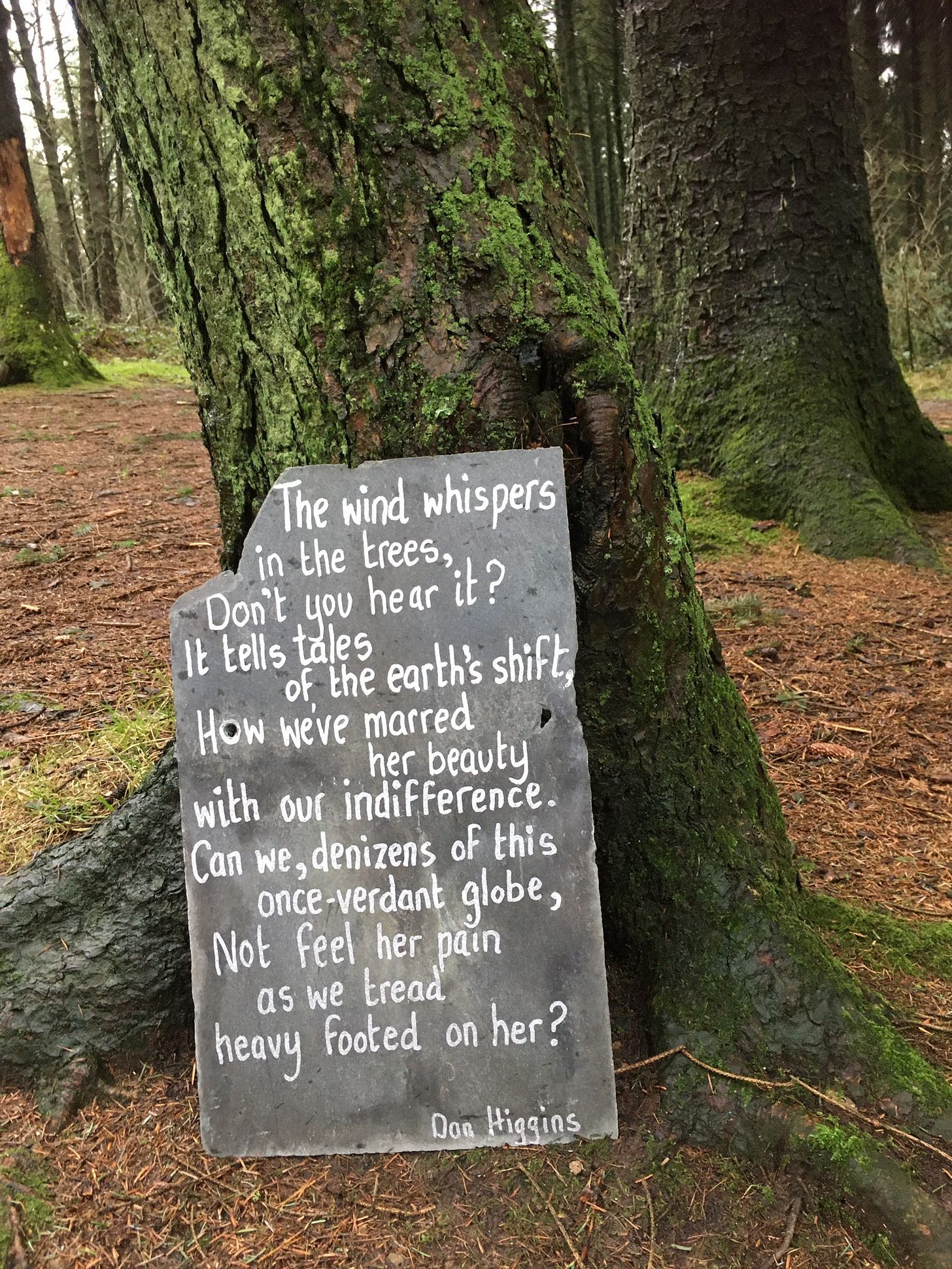Beauty has once again surfaced in many conversations recently: at the brilliant SEDA conference in Aberdeen (post on that coming soon), in our Living Future Europe Biophilic Society meetings, in arranging Don Ruggles to talk at our next society session, and the always inspiring Satish Kumar and Robin Wall Kimmerer talking at the Resurgencce Wellbeing Festival on Saturday.
Beauty Imperative
It was after that Wellbeing festival I was drawn to re-read Satish Kumar’s beautiful Soul, Soil and Society book and his powerful perspective on Beauty.
Beauty is a prerequisite for healthy homes, healthy cities, healthy society, healthy economy and healthy life. … Parks and gardens, trees and ponds, flowers and fruits are not a luxury, not an add-on; they are essential ingredients for a healthy, happy and harmonious city. Every home, every office, every shopping centre should be lined with avenues of trees, herbaceous borders and flower beds. Good colours, good smell, good taste and good touch bring good health and good luck. This is the beauty imperative.
… when we build a house with our hands, make furniture in our workshops, make pots and paintings in our studios, plant fruits and flowers in our gardens, we transform ourselves into alchemists, turning ordinary into extraordinary. When we are creative we become the creators of beauty. We discover our inner artist. We are all potential artists. When we transform ourselves from being a mere shopper and consumer to being a maker and a creator of beauty, we become artists.
Five Autumns
But also in the writing I have embarked on, that started as a fun exercise has grown beyond an essay and moving into something else. A draft working title of Five Autumns Through Time explores the journeys of five characters passing through my small village of Inglewhite at different periods yet in the same season, from the past, present and future. These characters all have a purpose for being here. Morewenna, 2200 BC an elder in the Bronze Age, Lucius a Roman soldier in 120AD; Thomas a stone mason in 1524, Sarah a regenerative advisor in 2025 and Zain, a Biocultural Heritage Officer in 2042. All have different perspectives, different purposes, and different connections with the land, and our place in the universe, yet all connected through an interdependence that ripples down through the ages and on into the future.
Regenerative thinking requires us not only to be in the moment but to embrace an interbeing view of the past, present, and future. Only through reflecting on our place through time, considering past and future ancestors, sensing and understanding the enduring perspectives and shifting ecological rhythms can we foster a deeper, more meaningful connection with the environmental and social world today. Finding and giving the time and space for such reflection inspires us to become more just and nature-positive stewards. To become more effective guides for others on regenerative journies, ensuring we leave a positive legacy for future generations.
What is proving fascinating to explore is how our sensing of beauty has changed, grown, morphed and ebbed differently over the centuries.
For Morwenna, beauty is deeply intertwined with the sacred and the natural world. She sees beauty as a manifestation of the divine, a glimpse into the realm of spirits and ancestors. Morwenna feels beauty as a profound connection to the land and sky, a harmony that resonates within her very being. It's a feeling that both grounds her and lifts her spirit.
Lucius's concept of beauty is influenced by Roman notion of order, proportion, and symmetry. He appreciates beauty in both natural and man-made forms but particularly values the beauty that comes from imposing human will and design upon nature. For Lucius, beauty evokes a sense of awe and admiration. It's a feeling that elevates him, reminding him of the greatness of Rome and the achievements of civilization.
Thomas's perception of beauty is deeply influenced by his Christian faith and his craft as a stonemason. He sees beauty as a reflection of God's creation and human devotion. Beauty for Thomas evokes a sense of reverence and inspiration. It stirs his soul and motivates him to create works that honour God and serve the community.
Sarah’s sense of beauty is complex, influenced by both aesthetic considerations and her work in sustainability. She sees beauty in the resilience of nature, in the harmony between human activity and natural systems. For Sarah, beauty evokes a sense of hope and possibility. It's a feeling that reminds her of why her work in regenerative sustainability is so important.
Zain's perception of beauty is shaped by his interconnected world, where technology and nature, past, present and future, co-exist in harmony. He sees beauty in the blending of different elements, in the contrasts and connections between old and new. Beauty for Zain evokes a sense of wonder and interconnectedness. It's a feeling of hope that bridges the gap between the virtual and physical worlds he inhabits.
Regenerative means going on a journey, being humble, respecting one another and being ready to learn, especially from those communities who have stewarded traditional knowledge about how to live in good relationship with our world, and whose voices have often been marginalised. Regenerative Playbook
Being a good ancestor, co-evolving with nature and providing a just space for people, Architects Declare Regenerative Primer.
Related Regen/Note: Beauty. Health. Regenerative (Nov 23)





